I am duplicating an existing Objective-C TV Show app to a new Swift version using Xcode 6.1 and am having some issues with CoreData.
I have created a model of 4 entities, created their NSManagedObject subclass (in Swift), and all files have the proper app targets set (for 'Compile Sources').
I am still getting this error whenever I try to insert a new entity:
CoreData: warning: Unable to load class named 'Shows' for entity 'Shows'. Class not found, using default NSManagedObject instead.
A few comments:
When saving to Core Data, I use the parent-child context way to allow background threading. I do this by setting up the ManagedObjectContext using:
lazy var managedObjectContext: NSManagedObjectContext? = {
// Returns the managed object context for the application (which is already bound to the persistent store coordinator for the application.) This property is optional since there are legitimate error conditions that could cause the creation of the context to fail.
let coordinator = self.persistentStoreCoordinator
if coordinator == nil {
return nil
}
var managedObjectContext = NSManagedObjectContext(concurrencyType: NSManagedObjectContextConcurrencyType.MainQueueConcurrencyType)
managedObjectContext.persistentStoreCoordinator = coordinator
return managedObjectContext
}()
and by saving data using:
dispatch_async(dispatch_get_global_queue(DISPATCH_QUEUE_PRIORITY_DEFAULT, 0), { () -> Void in
var context = NSManagedObjectContext(concurrencyType: NSManagedObjectContextConcurrencyType.PrivateQueueConcurrencyType)
context.parentContext = self.managedObjectContext!
...rest of core data saving code here...
})






